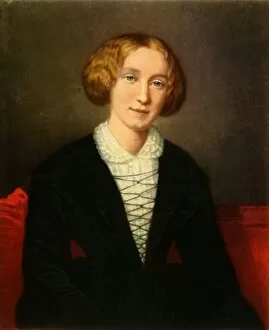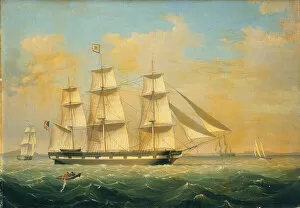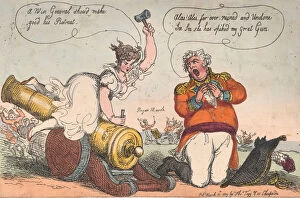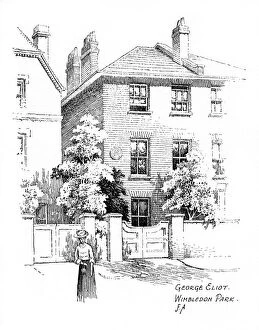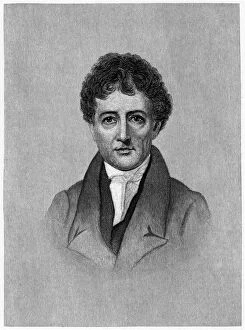Mary Ann Collection
"Mary Ann: A Timeless Journey Through Art and Literature" Step into the world of Mary Ann, a name that has transcended time and inspired countless artists and writers
All Professionally Made to Order for Quick Shipping
"Mary Ann: A Timeless Journey Through Art and Literature" Step into the world of Mary Ann, a name that has transcended time and inspired countless artists and writers. From George Eliot's novel in the mid-19th century to Francois d Albert Durade's creation in 1942, it has left her mark on history. In Tessa at Home, Frederic Leighton beautifully captures the essence from George Eliot's Romola. Her presence is both captivating and mysterious, drawing us into her story. But who is this enigmatic figure? We catch glimpses of her through various paintings - an oil canvas from 1926 depicts a confident woman named Mollie, while another from 1846 showcases a different side of Mary Ann. Life in London takes us on a journey with Mary Ann as she transforms from a country girl to Marion in town. The vibrant lithograph brings out her vivacity against the backdrop of bustling city life. The House in Gloucester Place holds secrets within its walls. Plates dated May 26, 1809, transport us back to an era where Mary Ann might have walked these very streets. What stories could these houses tell? A General Discharge or the Darling Angels Finishing Stroke portrays a scene filled with humor and mischief. March 13, 1809 - a day when laughter echoed through the air as Mary Ann played her part. The Road to Preferment Through Clarkes Passage hints at ambition and determination. March 5, 1809 - perhaps this was when our protagonist embarked on her path towards success. A Pilgrimage from Surry to Gloucester Place or the Bishop in an Ecstasy evokes curiosity about what brought our heroine on this spiritual journey. February 27, 1809 - marked forever as she sought solace amidst chaos. Yorkshire Hieroglyphics reveals fragments of ancient symbols intertwined with modern life. March 11, 1809.

